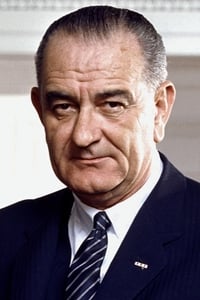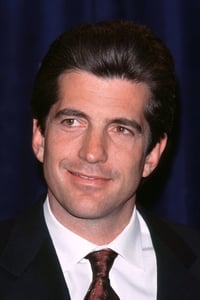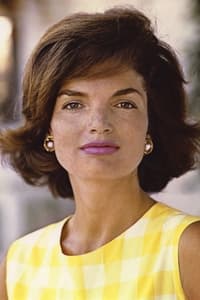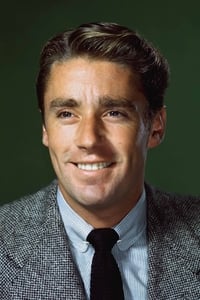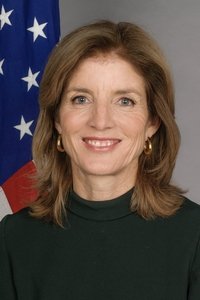Faces of November
Genres
Documentary
OverView
Robert Drew shows the sights and sounds from the funeral of President John F. Kennedy in November, 1963. Preserved by the Academy Film Archive in 2002.
Others
Budget
$--
Revenue
$--
Status
Released
Original Language
English
Runtime
12 mins
Rating
6.281/10
Release Date
27 August 1964
Country
United States of America


